#Bamiyan Buddhas
Text
The cliffs of Bamiyan, Afghanistan once sheltered giant Buddhas until they were blown up by the Taliban in 2001. Now, their man-made caves house poor homeless families.
20 notes
·
View notes
Text
The Taliban have launched construction work on a tourism complex just metres from the cliff that held the Bamiyan Buddha statues, which archeologists and experts warn could cause permanent damage to the sensitive world heritage site.
The project aims to “rebuild” a historic bazaar, which was destroyed in the civil war of the 1990s. Under the Taliban blueprint, the area will become a tourism centre with restaurants, guesthouses, parking, public toilets and handicraft and grocery shops.
But the ruined bazaar is itself a historic site that may sit on top of older ruins, and it is also close to the fragile cliff of Buddhist monastery caves that is one of Afghanistan’s greatest treasures.
“This old bazaar is in the archaeological buffer zone of the world heritage site and Unesco [the UN agency that manages the listings] has never been in favour of reusing this place,” said a diplomat with expertise in heritage issues in Afghanistan, who asked to remain anonymous.
“On the contrary, these buildings are located in the middle of an archaeological zone, and the buildings themselves are in some way part of the late 19th- and early 20th-century heritage and therefore their reconstruction is sensitive.”
In 2001, the Taliban destroyed two giant statues that had towered over the valley for more than a millennium, but the niches where they stood, and surviving cave frescos and other remains still make the site one of global importance.
The main road through Bamiyan was re-routed years ago to limit vibrations and fumes from traffic. This new plan would bring a heavy influx of people and vehicles back into a fragile area, officially designated a protected zone.
Mawlawi Saifurrahman Mohammadi, the provincial director for information and culture [...] said over 20 strict building controls had been fixed to respect the sensitive nature of the site. They include limiting buildings to a single storey, restricting the use of concrete for drains and pavements, and controlling the type of stones and plaster used.
He said the project had been signed off by Unesco, the United Nations educational, scientific and cultural agency. “[The central government] negotiated with Unesco and they sent us back a guideline on how to do it.”
But Unesco, which monitors world heritage sites and has been working at Bamiyan for decades, said it had not been consulted on the project, and had not given its approval to rebuilding the bazaar. It warned in a statement that the building could affect conservation work.
“Unesco has neither requested nor been associated with this project, which is located in the heart of the archaeological zone and could be problematic for the proper conservation of the world heritage site,” it said in a statement.
Heritage experts from Bamiyan also said they were alarmed at the destructive potential of the plan.
“This is a very restricted area, nobody is allowed to do any construction here, but the Taliban have decided to rebuild,” said one official who asked not to be named criticising the government. “I worked here in the past and I know the value of the site.
Bamiyan governor Abdullah Sarhadi [...] said he decided to launch the reconstruction after the owners of the shops came to petition him. They said they had effectively been robbed of their land when it was marked a heritage area and rebuilding banned.
“We should not let people have their land taken away here,” he said. “People could not get their [rightful] property, now it’s time they get it back.”
In tacit recognition of the area’s potential archeological value however, Mohammadi said the government would reserve the right to reclaim the bazaar area for archeological excavation in future.
6 notes
·
View notes
Text
Bamiyan Buddhas of Afghanistan - Historic Mysteries
Bamiyan Buddhas of Afghanistan – Historic Mysteries
Author’s Note: We here in NO way, at this blog, endorse, approve, or have any positivity to the destruction of cultural, religious, or national treasures. It’s a sad day when things like this happen. (It still hurts my soul that the library of Alexandria is no longer around.)
https://www.historicmysteries.com/bamiyan-buddhas/
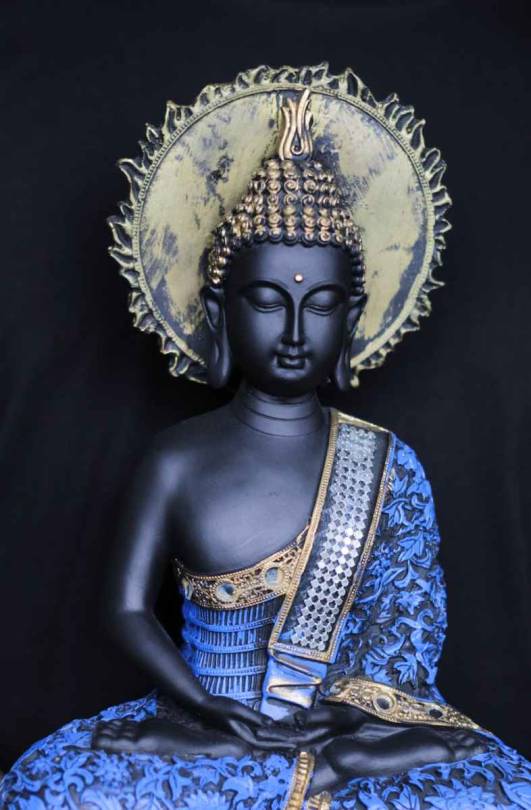
View On WordPress
#1221#Abdur-Rahmab#Afghanistan#Bamiyan Buddhas#Buddha Shakyyamuni#Buddha Vairochana#Buddhas#Buddhism#Emperor Aurangzeb#Genghis Khan#Hindi#Kush#Mughal Empire
2 notes
·
View notes
Text
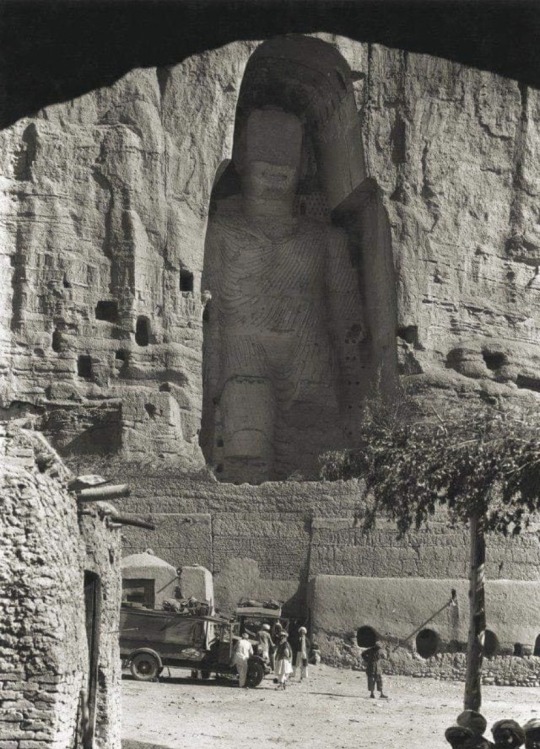
Giant Buddha, Bamiyan, Afghanistan. (c) 1931
#Afghanistan#afghan#bamiyan#buddha#buddha statue#buddha of bamiyan#buddhism#central asia#vintage#photography#own post
184 notes
·
View notes
Text
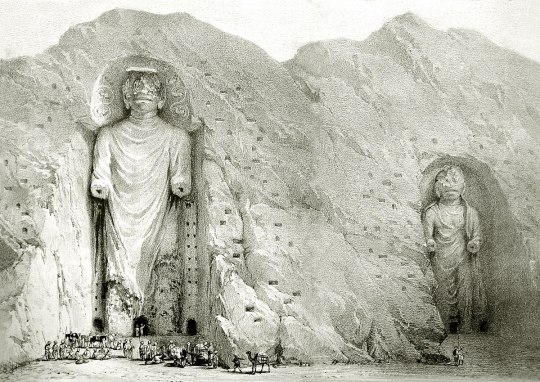
13 notes
·
View notes
Text


Buddhas of Bamiyan in Afghanistan (destroyed)
55 notes
·
View notes
Text
#Buddhas of Bamiyan#Bamiyan#Afghanistan#Afghanistan History#Buddhist History#Religious History#Asian History#Middle Eastern History#History#Histoire#Historia#Geschichte#تاریخ#HistorySisco
2 notes
·
View notes
Text
Saiyuki: origini parte 2
Come detto nel post precedente,l'opera di Wu Cheng'en è ispirata a sua volta ad un altro testo le Testimonianze sulle regioni occidentali del Grande Tang. Il libro venne scritto nel 646 d.C. da Bianji un discepolo di Xuanzang e descrive il viaggio del giovane Xuanzang da Chang'an (oggi Xi'an) verso l'Asia Centrale e forse anche in Asia meridionale tra il 629 e il 645 d.C. Il libro è costituito da 120.000 caratteri cinesi ed è suddiviso in 12 volumi nei quali è descritta la geografia, le terre, il clima, i trasporti marittimi, i prodotti locali,le persone, la lingua, la storia, gli usi e costumi, la religione, la cultura, la politica e via dicendo dei territori occidentali quali Xinjiang, Persia, Tajikistan, Bangladesh, Pakistan, India, Sri Lanka ecc. (ho messo i nomi odierni di alcuni dei territori occidentali visto che Tajikistan, Uzbekistan non esistevano all'epoca). L'opera ha un grande valore storico e archeologico,ad esempio fornisce informazioni sul fatto che a quel tempo esisteva già una cultura buddhista in Afghanistan nonché la prima testimonianza letteraria dell'esistenza dei Buddha di Bamiyan:Buddha di Bamiyan:
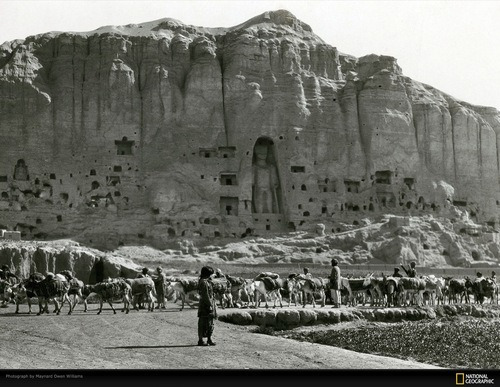
foto risalente al 1931 dal sito: http://www.uspolicyinabigworld.com/2009/10/29/us-diplomat-delivers-odd-resignation-in-afghanistan/bamiyan_buddha/
L'opera è importante anche per la storia indiana tant'è che gli archeologi lo usano per riempire alcuni vuoti della storia indiana. Il libro è noto anche per avere un'esatta descrizione delle distanze e
dei luoghi dei diversi posti ed è servito anche come linea guida per lo scavo di molti importanti siti quali Rajagrha,il tempio a Sarnath,Ajanta,le rovine del monastero di Nalanda nel Bihar e le rovine di Vasu Bihar dell'antica città di Pundra.
#saiyuki#viaggio in occidente#buddha di Bamiyan#afghanistan#saiyuki: origini#vecchio post#Italian post#kazuya minekura
0 notes
Text
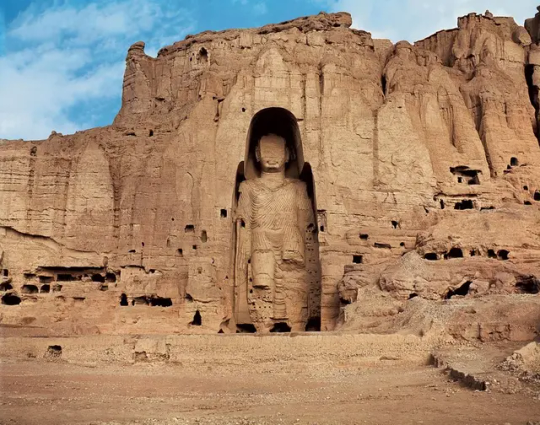
The 6th century Buddha of Bamiyan in Afghanistan Before the Taliban blasted it into rubble.
2K notes
·
View notes
Text



this entire thread is genuinely so braindead like he’s just talking himself in circles trying to justify the TALIBAN LOL? like “you don’t give us money therefore it’s our god given right to chimp out and bomb the cultural heritage of humanity to smithereens” like bombing the buddhas of bamiyan didn’t feed afghan children, you’re just looking for a progressive sounding excuse to justify your religious extremism/supremicism
31 notes
·
View notes
Photo
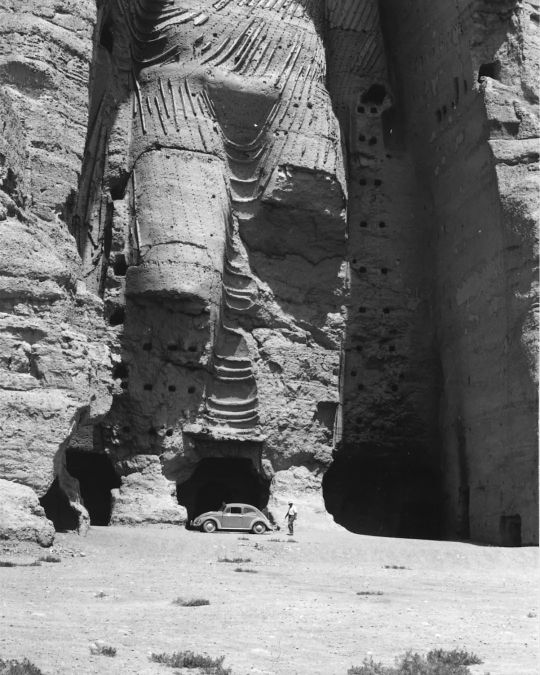
Tourist next to the Buddhas of Bamiyan in Afghanistan, 1958. "Sadly destroyed by the Taliban in 2001 after surviving nearly intact for 1,500 years, the monumental Bamiyan Buddhas were not the color of stone, but instead glowed with strong colors in ancient times. Restorers from the Technical University of Munich have analyzed hundreds of fragments of the statues that the Taliban Islamist government blew up and found that they had originally been painted in bright colors such as red, white and blue. In addition, scientists have managed to establish, for the first time and reliably, the time of its creation, which they place between the years 544 and 595 for the small Buddha, while the larger one was built between the years 591 and 644..." Photo by Edmund Melzl. Courtesy of Afghan History. https://www.instagram.com/p/CpLX3xvN8M6/?igshid=NGJjMDIxMWI=
332 notes
·
View notes
Text
After Trump’s diplomacy, and Biden’s withdrawal, the Taliban in Afghanistan are broke. So strapped for cash are the terrorist kings of Afghanistan, that they have resorted to selling tickets for visits to the archaeological sites they themselves bombed.
18 notes
·
View notes
Text
i remember all the outrage about taliban bombing the bamiyan buddhas, i also remember when people equated pulling down statues of slavers and racists like rhodes and his ilk as an inescapable loss to culture in the same category as the taliban bombings bc we cannot ever legitimise "destroying another culture" but apparently the loss of 5th century mosques and churches in gaza is nbd. i am annoyed at myself for noticing enough to be annoyed at the cynical and selective outrage.
31 notes
·
View notes
Text
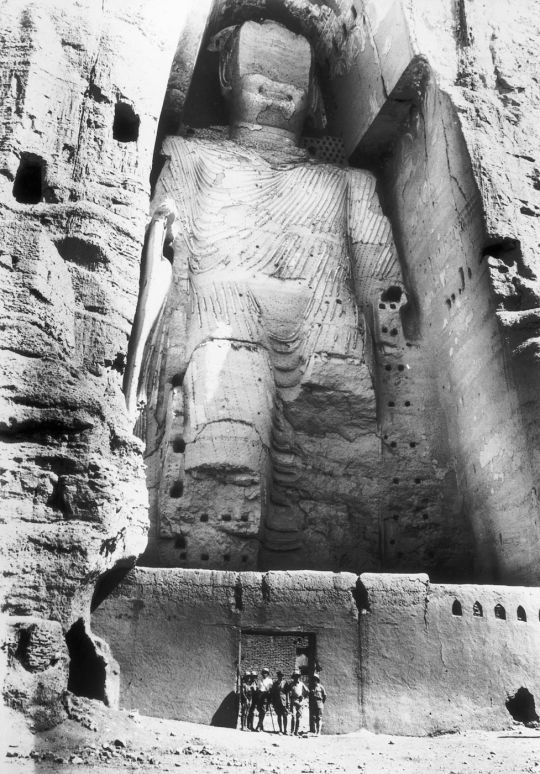
French archeologist Joseph Hackin exploring The Buddhas of Bamiyan, Afghanistan, 1931.
28 notes
·
View notes
Note
*points to Hobby Lobby*
*points to Bamiyan Buddha*
Oh wait, I can't point to Bamiyan Buddha because it's not there anymore
What point are you even making here?
21 notes
·
View notes
Text
When you discover gold or an ocean, you know what you’re looking at and that you have found something worth having or knowing. The same is not true when ancient texts are discovered, for the process of interpretation, and ultimately realizing what something is and is worth, can take a long time. In the “realms of gold,” of books written in the distant past, discovery lies in figuring out the translation. This is a dangerous subject, for books written in dead languages are far from dead. Ancient religious texts have enormous power. Even the most obscure sacred texts and images are involved in the brutalities of geopolitics. Verses written over a thousand years ago underlie territorial claims, the treatment and rights of women, the uses of water, and other key issues that define the lives of millions. The interpretation, and misinterpretation, of religious writing and iconography from the past is the cause of much of the violence in the world. At Bamiyan, where the Taliban dynamited fourth- and fifth-century statues of the Buddha, and Palmyra, where ISIS has destroyed ancient temples, religious relics are the target of violence as well. To destroy sacred artifacts and books is to destroy a culture. Sometimes a more subtle process of destruction can occur, as when the misunderstanding of another culture misrepresents what is written in the original.
— Susan Brand Morrow, “The Turning Sky: Discovering the Pyramid Texts”
21 notes
·
View notes